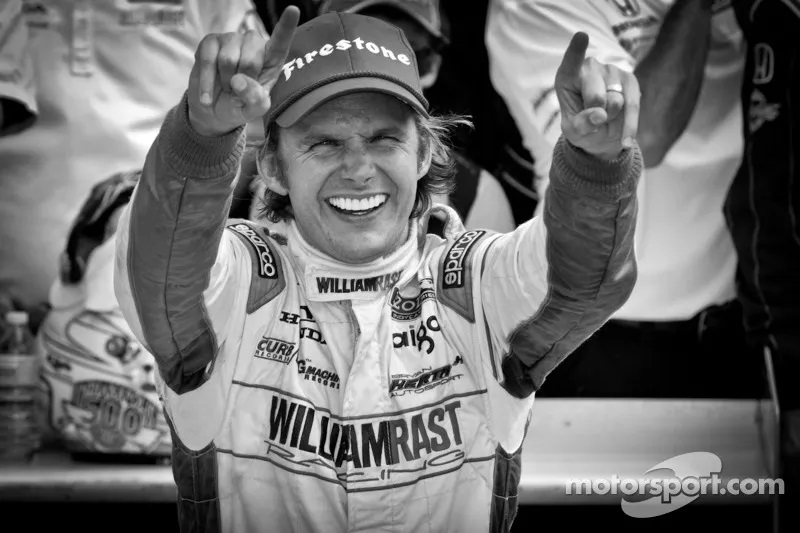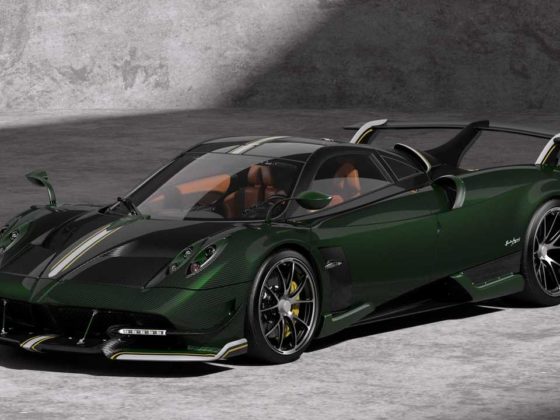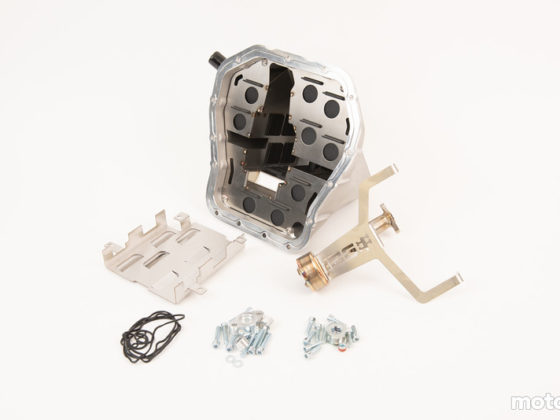The Aftermath
The backlash was swift and brutal. Immediately, Bernard came under fire for putting so many cars on the track at the same time. His promotional ideas, originally seen as unique and creative, were seen as stunts that placed marketing over driver’s lives. Drivers from other series began saying that IndyCars should stop racing on ovals. The most notable was Jimmie Johnson who is ironically, finishing his rookie year in IndyCar (though he did not race on ovals). Paul Tracy was so disgusted with the race, he quietly retired and vowed to never set foot in an IndyCar again. Other drivers considered the same but ultimately continued to race. Wheldon’s accident made national news highlights. There was a short news cycle discussing the safety of IndyCar, motorsports, and oval races. Eventually, the furor died down and the non-motorsports world moved on.

The other three injured drivers all sustained relatively minor injuries and were released from the hospital that evening. Pippa Mann suffered a burned finger. JR Hildebrand had a bruised sternum. Will Power’s was the most serious, leaving him with a broken vertebra. His back healed in time for the 2012 season, but at the time it was the 3rd back fracture he had sustained.
The next day, another layer of the story was revealed: Andretti Autosport and Wheldon had agreed on a contract to take over Danica’s car in 2012. Had he survived, Wheldon was supposed to sign that contract after the race, returning to IndyCar as a full-time driver for the team that had brought him his greatest success. The BBC used to tell Murray Walker that racing drivers dying in silly little races are not tragedies. But Wheldon’s story almost feels like a Shakespearean tragedy. Wheldon rose rapidly with Andretti and Ganassi, falling out with the latter and eventually falling out with Panther Racing. Left on the sidelines with a poor reputation, Bryan Herta gave Wheldon a chance and the pair won the biggest race of the decade in spectacular fashion. Winning the 500 brought testing contracts, TV contracts, and eventually a contract in the most desired seat on the grid. And before he could even be photographed in a GoDaddy polo, Wheldon was gone. Rise, fall, redemption, destruction: those familiar with writing technique will recognize this as the Oedipus Story Arc.

Wheldon was the first big-name racing driver to die in the age of social media and reality TV. During the 2011 season, Wheldon spent time writing directly to fans in Robin Miller’s IndyCar Mailbag (sadly, those letters are lost to the Internet as they were on the now-defunct SPEED TV website). He connected with fans directly and they loved him for it. Meanwhile, most of what was on TV was boring, predictable, and mundane: reality TV had run out of ways to shock us and let the Kardashians further blur the line between documentary and soap opera. Scripted TV shows were stuck in a rut. Viewers were becoming jaded to what they saw in front of them: it was either fake or the hero would miraculously survive through some badly executed plot twist. Only Wheldon’s crash wasn’t fake and there was no miracle to save the day. I know for me, it was a life-changing moment: someone I had cheered for as a kid was suddenly gone in horrifying fashion right before my eyes.
The Legacy
With Wheldon’s passing, James Hinchcliffe instead took over the seat and became the Mayor of Hinchtown. In this car, Hinchcliffe won his first IndyCar race and became the spiritual successor to Dan as IndyCar’s handsome young charmer.

Dallara renamed its IR12 to the DW12 in honor of Dan’s work in developing the car. The DW12 made its racing debut at St Petersburg five months after Wheldon lost his life. Wheldon had lived in St Petersburg and the back straightaway was renamed to Dan Wheldon Way for the 2012 season-opening race. Helio Castroneves won the race and made it a point to do his “Spiderman” catch fence climb by the sign and give it a high five. The DW12 is still in use today, constantly evolving as the series has changed. While the DW12 has saved many drivers’ lives in its nine years of service, many drivers have been badly injured in the DW12: Mikhail Aleshin, Sebastian Bourdais, James Hinchcliffe, Dario Franchitti, and Robert Wickens are all drivers who have spent months recovering from bad accidents while piloting the DW12. Justin Wilson was not so lucky in 2015 due to a freak accident at Pocono. Wilson’s death prompted the development of the Aeroscreen. The DW12 still has at least two more years left in it as IndyCar has announced it will not replace the DW12 chassis until 2024 at the earliest.




4 comments
Never thought I’d see an article on Dan here but pleasantly surprised. Great article.
Thank you! This was a major pet project for me and I am glad it is appreciated.
Great article, not a fan a Indy and at that time I had no idea of who DW was, but after reading this I have a very clear idea of what a larger than life character and his overall impact in the series.
Dan was really something else. Thanks for the kind words, I am really glad people enjoyed this article.